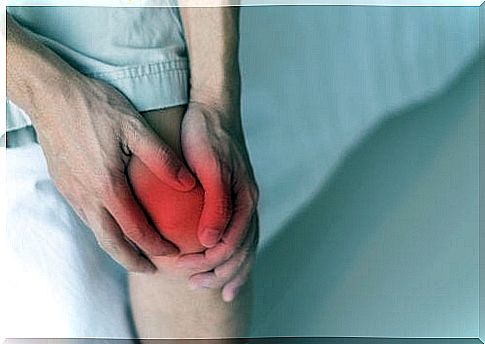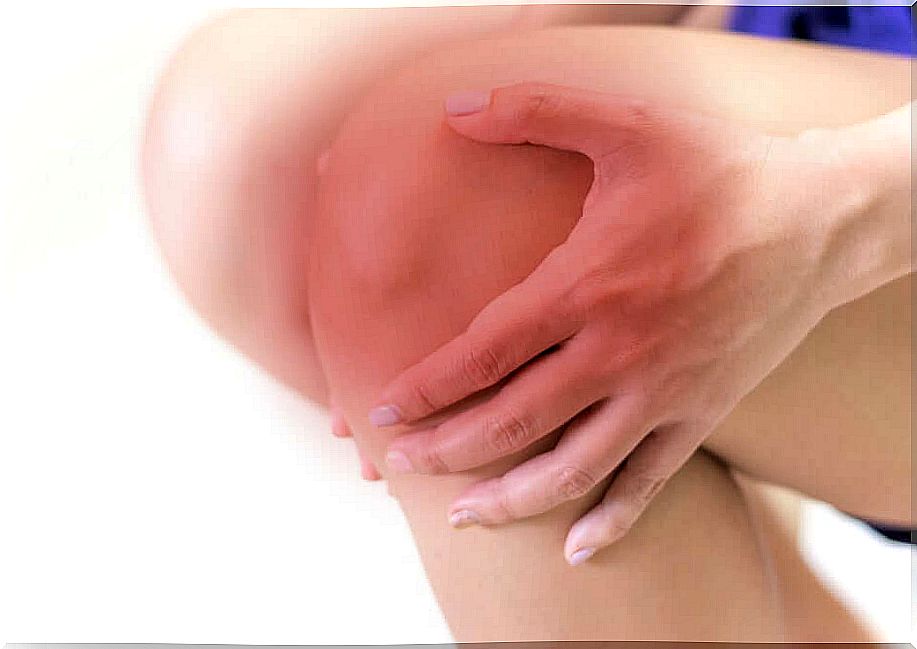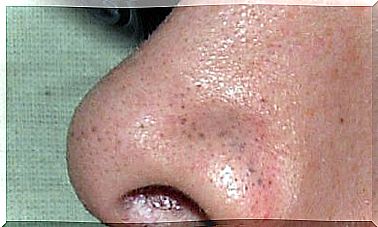Treatment Of Bursitis: What Alternatives?

People with bursitis often don’t know the real reason for the problem. Although in some cases it is due to poor posture, an injury or an abnormal position of the joint, most of the time the cause is not clear. Let’s see what are the possibilities of bursitis treatment.
Bursitis is inflammation of the serous bursa, which is the sac that contains synovial fluid and functions as a buffer between the muscles and bones of the joints. Symptoms are pain, stiffness, swelling and redness.
The pain is sometimes so acute and pungent that it is necessary to resort to analgesics even before being able to trace the cause. Faced with these symptoms, a visit to the doctor is essential to decide on an adequate therapy.
Treatment of bursitis
Often, when the patient undergoes a specialist visit, he has already suffered from previous inflammatory episodes. The reason for self-treatment is that in milder cases bursitis tends to resolve spontaneously, without the need for therapy.

Sometimes the pain is attributed to a bad position or a blow received without realizing it. These are the reasons why ongoing swelling or inflammation is generally justified.
After the first few episodes, however, the bursitis may recur with more intense symptoms. The pain can become intolerable, sometimes accompanied by bruising and fever.
In the most severe forms, movement is prevented with annoying consequences for those who perform physical work.
Medicines
The first approach for those who have to deal with bursitis is pharmacological. The goal is to reduce inflammation and pain.
- If the bursitis is mild, your doctor will recommend using pain relievers such as ibuprofen or acetaminophen.
- When symptoms are disabling, the doctor may prescribe anti-inflammatories such as NSAIDs or corticosteroids. These act on the inflammation that prevents movement.
- If the cause is an infection, antibiotics will be used.
Physiotherapy
In some circumstances the doctor may refer us to physiotherapy. Muscle massage, a personalized exercise cycle or ultrasound therapy can be very helpful.
Occupational therapy is recommended instead to prevent future injuries. In this case, the patient works on their daily habits and exercises that help avoid relapses.
Orthopedic devices

Braces and orthopedic aids accelerate healing by allowing the joint to rest. In this way, forcing is avoided which can aggravate the situation.
The brace can be of great help, but it all depends on which part of the body is affected. In other cases it may be necessary to immobilize or apply a bandage.
These devices can also be used during therapy as an aid to exercises or to introduce new postural habits. This will prevent the area from being over-stressed and relapses.
Surgery as a treatment for bursitis
If, despite the measures taken, you continue to suffer from bursitis frequently, a surgical solution can be considered.
It is an option that is not often used since with the other methods good results can already be obtained and relapse can be avoided.
Before recommending surgery, the doctor may prescribe corticosteroid injections. These help relieve joint pain quickly and stop inflammation in severe cases.
Often, bursitis appears when the joint is overloaded. However, before doing a self-assessment it will be good to visit your doctor. Have you ever suffered from bursitis? What was the cause?









